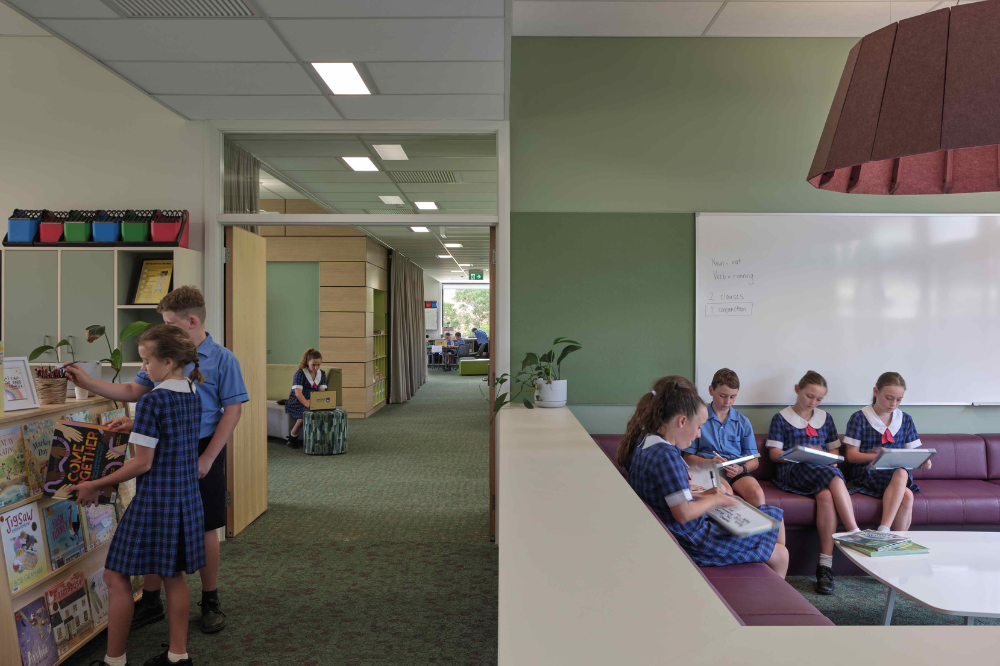
Suncoast Christian College has officially opened its new Primary Precinct, a three-story educational facility designed through a collaborative effort with m3architecture. The new space aims to improve teaching and learning conditions while boosting the wellbeing of both staff and students.
Greg Mattiske, principal of Suncoast Christian College, described the precinct as a realisation of a dream that reflects the college’s culture and needs. “m3architecture understood us and the culture of our school very quickly,” Mattiske said. “All the things that we said were important to us and wanted the building to do have been expressed in the architecture.”
The Primary Precinct, built on the site of a former pineapple farm, features a design that embraces natural light, open spaces, and vibrant colours to enhance the learning environment. According to Mattiske, the facility fosters a sense of calm and home-like atmosphere, which is essential for effective learning. “It was a bit emotional when we first walked students through,” he noted. “It feels like home… it doesn’t feel like an institution.”
m3architecture Director Ben Vielle explained that the design process involved a deep understanding of the college’s co-teaching model, where two-year levels are taught together. “We devised a model for each stage where 150 students could cohabitate the space across two to three floors in various teaching modes,” Vielle said.
The design includes specialist spaces, such as makerspaces, kitchens, and lounge areas, to make the environment feel like a second home for students. Acoustic considerations were also a key aspect of the design, with the building featuring various settings that ensure privacy and flexibility.
“There are different settings within the larger connected space to each stage,” Vielle said. “The acoustics are a really big thing within the building in terms of making it a flexible learning environment.”
Creating a comfortable space for learning
Mattiske praised the attention to detail in the precinct’s design, noting features such as ceiling acoustic treatments and decorative elements that contribute to both functionality and aesthetics. The building’s colour schemes are thematically designed around seasons, providing a unique identity to different stages and enhancing the educational experience.
The new precinct also addresses the needs of neurodiverse students and promotes inclusivity. “The new building has allowed [students and staff] to realise the full potential of the co-teaching model,” Mattiske said. “[It] promotes equality amongst students.”
Vielle emphasised the importance of understanding the client’s needs and culture in achieving successful design outcomes. “For us, it’s about knowing our client, their culture, how they want to teach, and advocating for the benefits that good design can bring to education and wellbeing,” he said.


